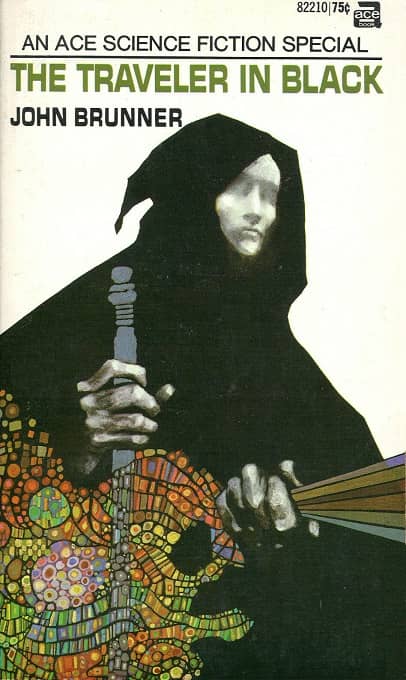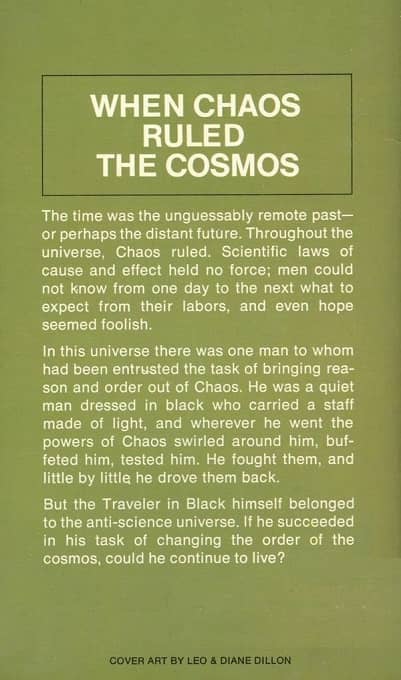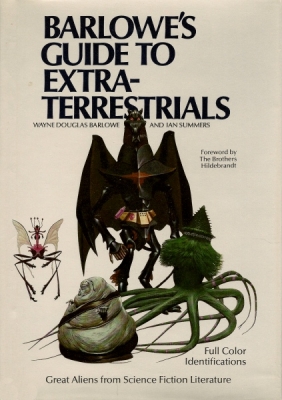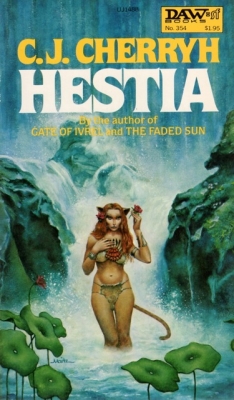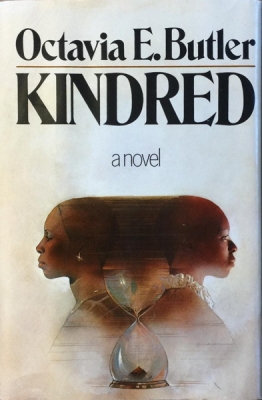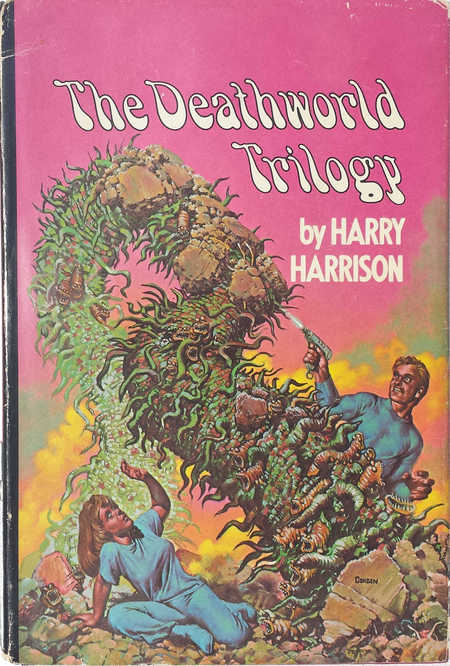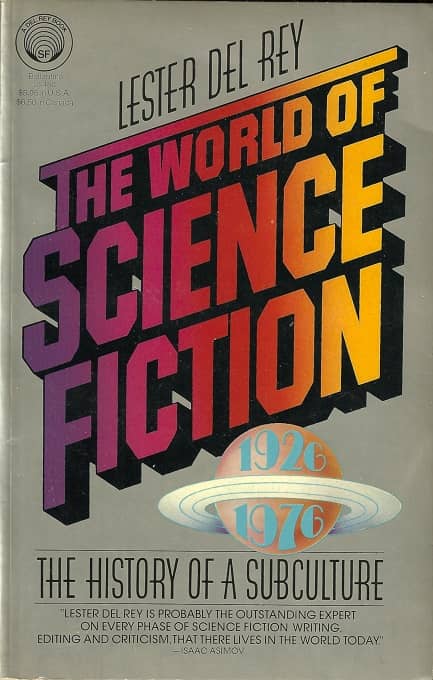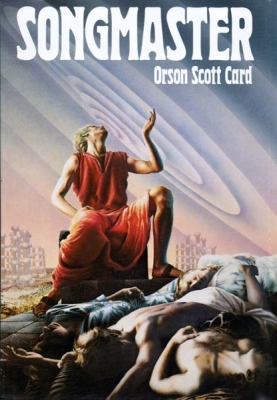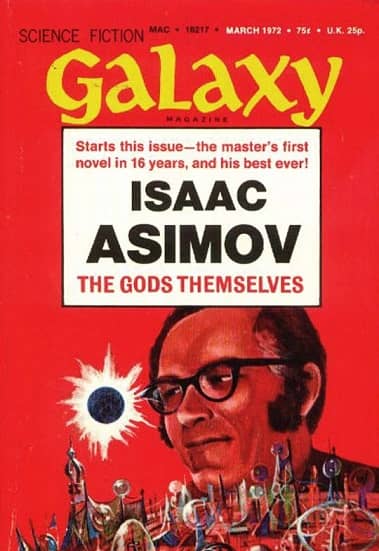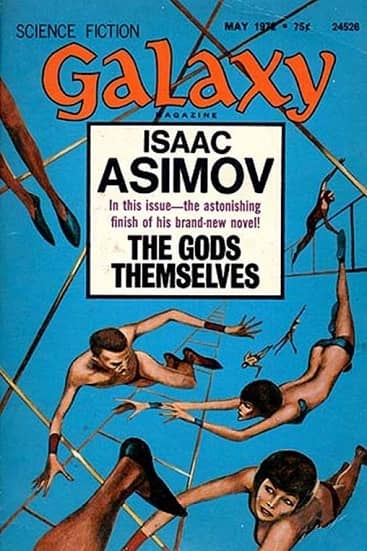Vintage Treasures: King of Morning, Queen of Day by Ian McDonald
 |
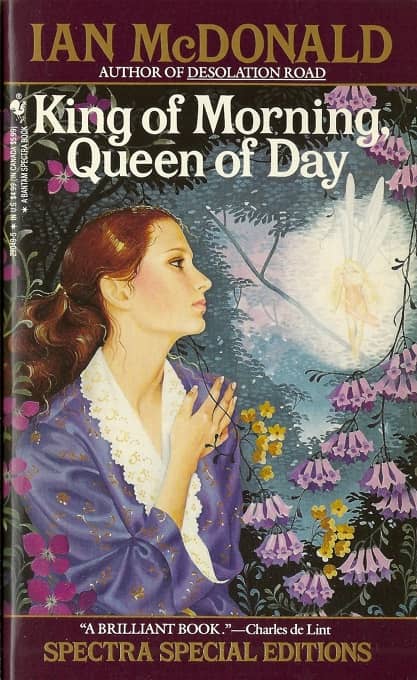 |
British novelist Ian McDonald burst onto the scene in 1988 with his science fiction novel Desolation Road, set in an oasis town on a far future Mars. It won the Locus Award for Best First Novel, and was nominated for the Arthur C. Clarke Award in the same category. He followed that with Out on Blue Six (1989), the tale of pain criminals in a civilization where pain and unhappiness are illegal.
His third novel, and his first fantasy, was King of Morning, Queen of Day. Like his first two, it was published by the most prestigious SF imprint at the time, Bantam Spectra (which is now dead). It was nominated for the Locus Award, and won the Philip K. Dick Award for Best Novel. In her insightful 2009 review at Tor.com, Jo Walton observed that the book is about “the need to make new myths, dream new dreams, to have a new future. Astonishingly, it does this in Ireland, a country full of old myths, and it uses those old myths to wonderful effect.”
King of Morning, Queen of Day is, however, definitely fantasy. And it’s urban fantasy too, it’s set in modern Ireland between 1913 and 1990, and is about five generations of a family who have a propensity to “mythoconsciousness,” bringing archetypal mythic creatures into reality. It wasn’t part of the current wave of urban fantasy, and it would sit a little oddly with it. I don’t know if it was an influence or a precursor to it — it’s hard to think of it as influential when it seems as if only six people have read it and they’re all friends of mine, but maybe it was a stealth influence, a zeitgeist influence. Certainly this is a magical secret history, set in our world but with magical things going on below the surface.
The book falls into three distinct parts. The first section is set in 1913, in the Desmond family home of Craigdarragh. This part of the story is told in the form of diary entries, letters and newspaper clippings. Teenager Emily Desmond sees and photographs fairies while at the same time her father is convinced that aliens are approaching riding a comet. There’s all the background of 1913 Ireland, Yeats, paranormal investigators, the stirrings of independence, Freudian psychology, and a sepia photograph of Emily’s mother a generation earlier marked “Caroly, Wood nymph…” What the book’s really about is the need to make new myths, dream new dreams, to have a new future. Astonishingly, it does this in Ireland, a country full of old myths, and it uses those old myths to wonderful effect. This is a book that could only have been written by someone steeped in the culture and the country and the folk-mythology. McDonald has always been brilliant on sense of place—there’s a description here of Liverpool as a foreign city that’s one of the most beautiful things I’ve ever read. He makes the place and time entirely alive and three-dimensional. This is mythologically significant Ireland, but it is deeply rooted in the real changing growing country and the real Twentieth Century… This is a story about the dreams of the real Ireland, and they’re not pretty, even though they’re always beautifully written.
King of Morning, Queen of Day was published in June 1991 by Bantam Spectra. It is 389 pages. priced at $4.99. The cover is by Heather Cooper. See all our recent Vintage Treasures here.
